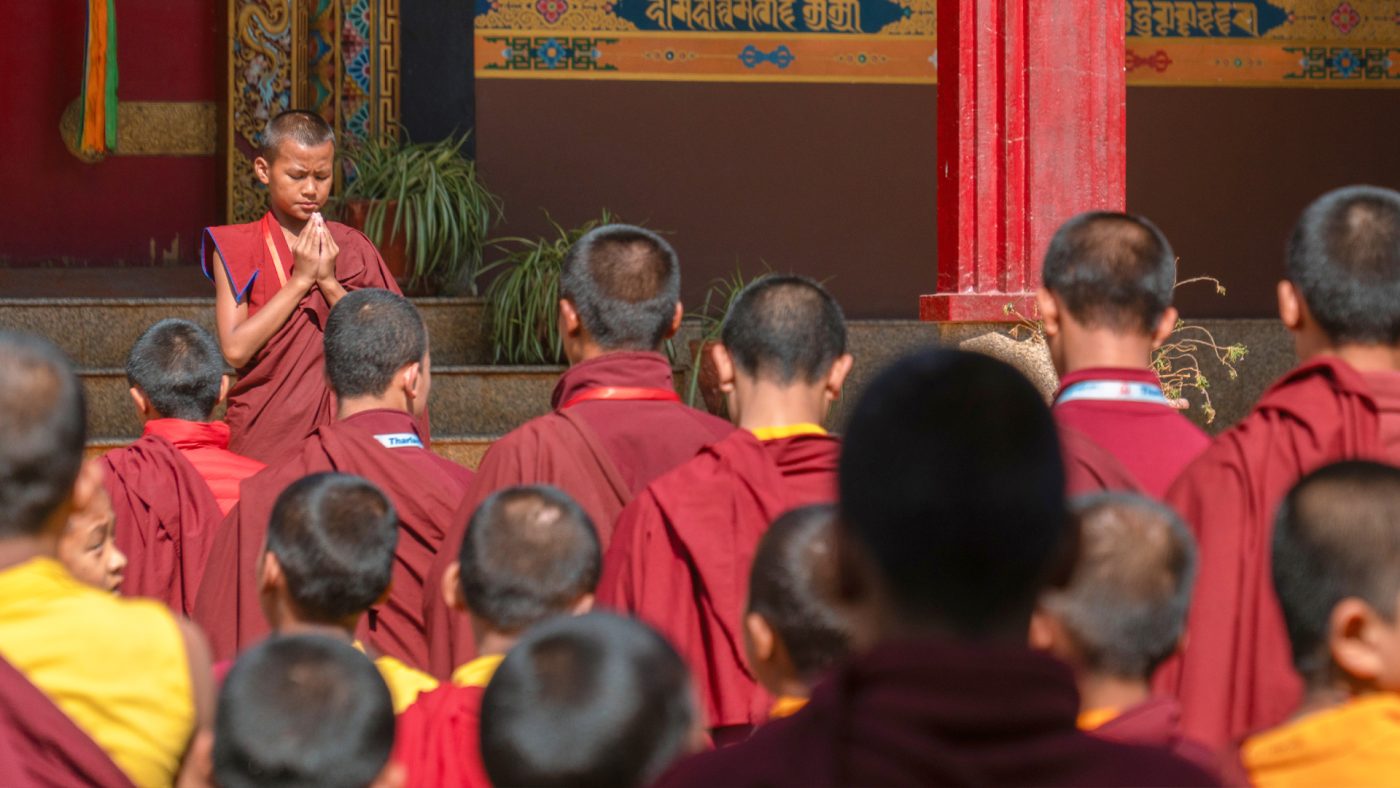
When you close your eyes and think about Nepal, what do you imagine first?
The Himalayas, snow, freezing wind, colorful prayer flags, monks in red robes.
All of this perfectly reflects reality and serves as a kind of symbol of Nepal.
During my journey through this incredible country, one of the biggest discoveries was the large number of children in monasteries.
Opening Google Maps and choosing any monastery to visit, you will inevitably encounter many children on its grounds, and there are some serious reasons for this.

In less affluent parts of society, education is an unaffordable burden, and to ensure that a child receives an education, they are sent to a monastery.
Monasteries usually cover all basic needs: they provide shelter, food, clothing, medical care, and, most importantly, education.
For families with limited budgets, this becomes a decisive factor.


A monastery can also serve as a kind of springboard for a child, offering the possibility of a better life than what a poor family could provide.
In monasteries, children not only receive education but can also be provided with opportunities for advancement in the monastic community, which may include obtaining higher positions and, possibly, even financial support.
Therefore, it seems to me that for these children, the monastery becomes not only a place of learning but also the only opportunity to change their lives.









